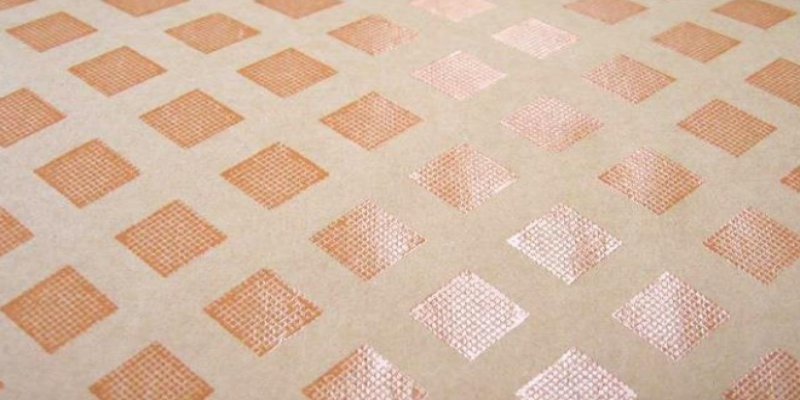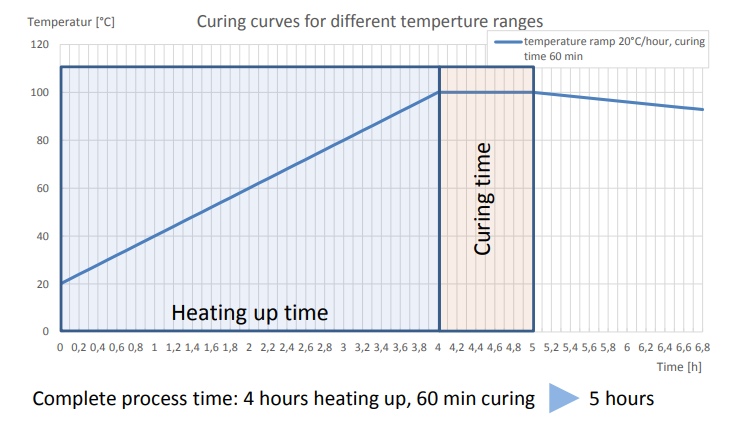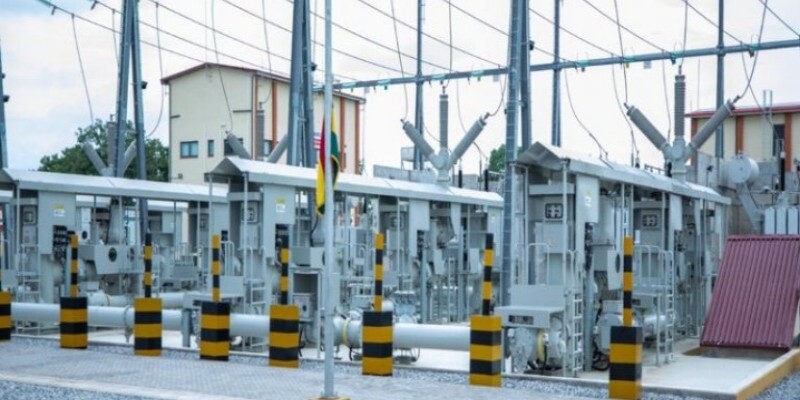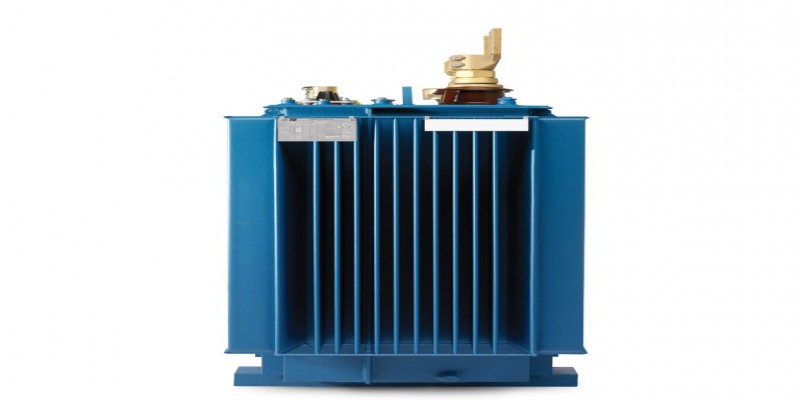What is DDP (Diamond Dotted Paper) and What is the Correct Drying Process?
Categories: Transformers - 2022-02-01 12:51:17

When it comes to transformers and their manufacturing process, as a designer you need to know many transformer components very well. In our second article, our topic will be DDP, which should be known very well.
Basically two materials for insulation are used in the transformer; transformer oils in liquid form, cellulose-based papers, pressboards, wooden products etc. in solid form. It should be noted that with the developing technology, polymer-based insulation materials have started to be used instead of cellulose-based insulation materials.
First of all, it is necessary to explain the DDP name; Diamond Dotted Paper. It was given this name because the resin on the paper was printed in the form of diamonds. In the following parts of this article, we will refer to it as DDP as it is also used in the market.

Photograph-1 Sample of DDP
DDP is a paper material obtained by shaping high-density pulp and pressing rhombus-shaped B-component epoxy resin on both sides.
The B-component epoxy resin is applied to the paper at low temperature to retain its shape but is not fully polymerized. A temperature above 105°C is required to complete the DDP drying process.
So, which process steps will we follow to apply the DDP material to the winding and dry it correctly? There is no single answer to this important question. We will highlight several types of treating processes here.
First of all, the temperature required for drying should be at least 100°C. This drying process should be applied for 60 minutes. The applied heat should be processed to all insulation materials and to the coldest point of the winding. Keeping the temperature constant in heat treatment is another point to be considered.

Graph-1 Curing Process Application Duration – Application Temperature Relation
In Graphic-1, the minimum required drying times at different temperatures are given for the DDP to dry correctly. For example, a period of 20 minutes at 130°C is sufficient for the DDP to dry, while the process must be continued for 1 hour at 100°C. In this process, the adhesive tear strength is 50 N per cm2.

Graph-2 Sample of Curing Process at Different Temperature Range
As can be seen in Graphic-2, after a heating period of 4 hours, DDP is taken for drying, and drying is carried out for 1 hour. It is also worth noting that there is a linear heating process with a temperature increase of 20°C per hour. The temperature must be constant during the drying process. We have emphasized this above. DDP and the winding are dried together for 1 hour at 100°C.

Graph-3 Sample of Curing Process at Different Temperature Range
In Graphic-3, the heating time is limited to 2 hours. However, the drying process starts at 120°C instead of 100°C, and because the higher temperature is applied, the winding and DDP go through a 24-minute drying process.
One issue that should be mentioned is the radial pressure parameter. We have examined the temperature and time parameters graphs in detail above. We are talking about radial pressure between HV, LV winding conductors and DDP used as interlayer insulation. For effective attahment of the paper to winding, the minimum required pressure must be applied correctly during the winding process.
It is very important that the DDP material is applied with the right processes. Improper gluing and drying processes as a result of incorrect application may cause the insulation material not to be attached with the windings correctly, and electrical faults such as voltage breaks or partial discharges resulting from deformations. In addition, the moisture remaining in the DDP causes water to form in the oil-soluble materials, thus shortening the life of the transformer.
-Presentation of B+M Transformer Drying Technology
-Presentation of Weidmann Electrical Technology




